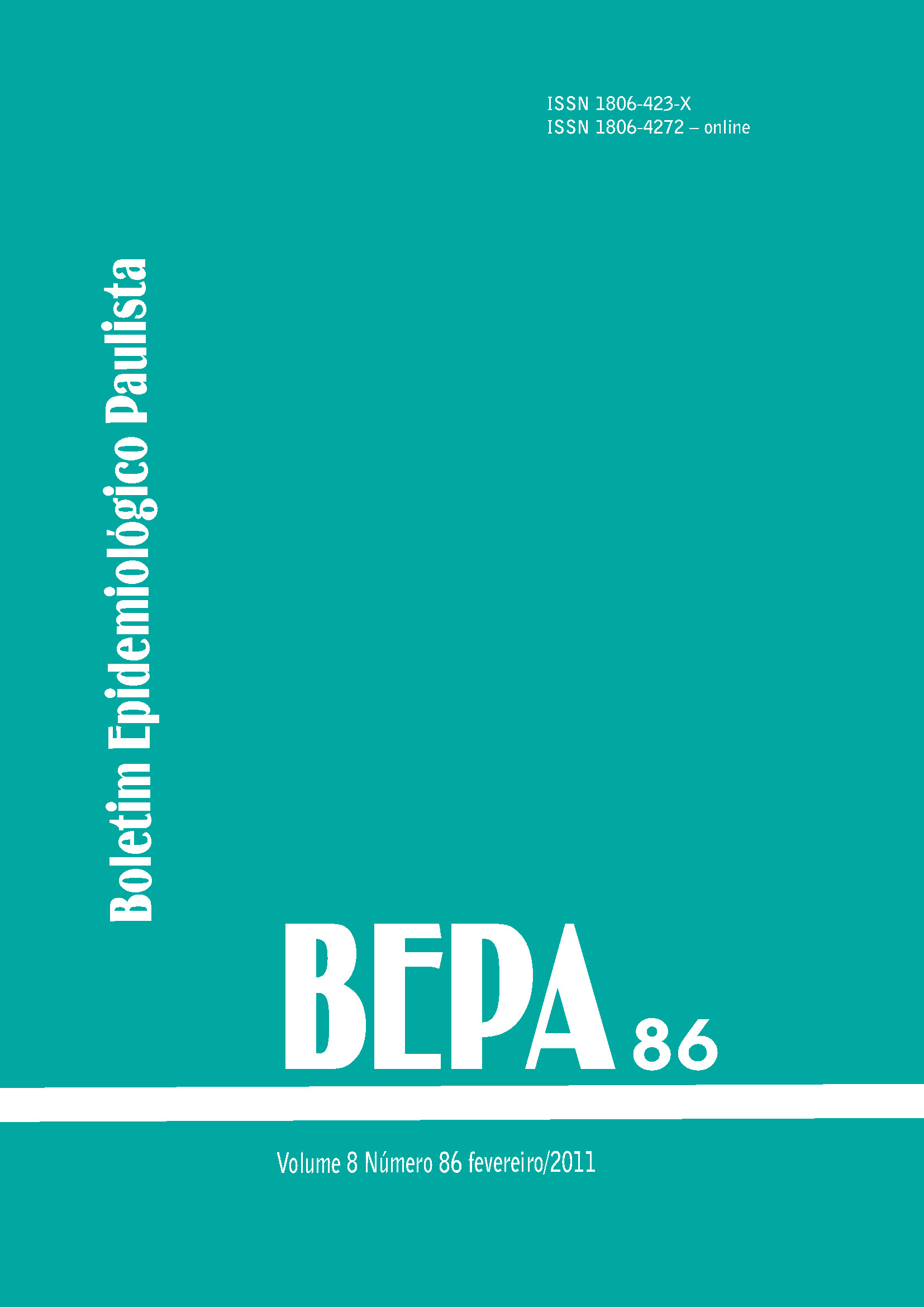Abstract
Iodine deficiency is the main cause of brain damage and mental retardation in the world and it may be easily prevented. By its consequences for the development and growth of human beings also represents one of the major public health problems. The elimination of iodine deficiency disorders constitutes one of the most important goals to be met in the worldwide. To this end, the scientific basis have established through development of standards and strategies to reach guidelines for the population. The fortification of salt with iodine results in the most intervention frequently used due to its cost benefit. The assessment of the magnitude and severity of disability includes the use of simple and valuable means as the research of goiter and urinary iodine determinations. This study includes the criteria for the defining disorders caused by this deficiency as a health problem, process indicators and impact on the management of global programs for sustainable disposal.
References
Grant J. Estado mundial de la infância 1995. Barcelona: J&J Asociados, 1995:14-8.
Kelly FC, Snedden WW. The prevalence and geographical distribution of endemic goitre. In: Endemic Goitre. Geneva: World Health Organization, 1960, p. 27-234. ]
Hetzel BS. The story of iodine deficiency. An international challenge in nutrition. Oxford: Oxford University Press, 1989.
Hetzel BS. La historia de la deficiencia de yodo. Delhi: Oxford University, 1992 :3-83.
Latham, M.C. Human nutrition in the developing world (FAO Food and Nutrition Series No. 29) ISBN 92-5-303818-7 Rome (Italy), 2002.
Micronutrient Deficiency Information System. Global prevalence of iodine deficiency disorders. Geneva: World Health Organization, 1993, p. 1-11.
Dora JMS, Meyer E, Golbert L, Wagner M, Maia ALS. Marcadores moleculares de diferenciação na celula folicular nas neoplasias da glândula tireóide: papel das deiodinases. Acessado em 11/01/11, Disponível em: www.ufrgs.br/ propesq/livro2/index_jose.htm.
WHO/UNICEF/ICCIDD. Assessment of iodine deficiency disorders and monitoring their elimination. A guide for program managers. 2 ed. WHO/UNICEF/ICCIDD; 2001.
Hetzel BS. Introduction: the nature and magnitude of the iodine deficiency disorders (IDD). In: Hetzel BS, Delange F, Dunn J, Ling Jack, Mannar V, Pandav Ch, editors. Towards the Global Elimination of Brain Damage Due to Iodine Deficiency. New Delhi: Oxford University Press; 2004. p.10-20.
Institute of Medicine: Dietary reference intake for vitamin A, vitamin K, arsenic, boron, chromium, copper, iodine, iron, manganese, molybdenum, nickel, silicon, vanadium and zinc. Standing Committee on the scientific evaluation of dietary reference intakes. Washington DC: National Academy Press; 2001. p. 259-89.
Hollowell JG, Staehling NW, Hannon WH. Iodine nutrition in the United States. Trends and public health implications: iodine excretion data from National Health and Nutrition Examination Surveys I and III (1971-1974 and 1988-1994). J Clin Endocrinol Metab. 1998; 83:3401-8.
Sebotsa ML, Dannhauser A, Jooste PL, Joubertb G. Iodine status as determined by urinary iodine excretion in Lesotho two years after introducing legislation on universal salt iodization. Rev Nutrition. 2005; 21(1):20-4.
Stanbury JB, Dunn JT. Yodo y trastornos por deficiencia de yodo. En: Bowman AB, Russell RM, editores. Conocimientos Actuales sobre Nutrición. 8th ed. Washington: ILSI Press; 2003. p. 377-85.
Zimmermann MB, Saad A, Hess SY, Torresani T, Chaouki N. Thyroid ultrasound compared with World Health Organization 1960 and 1994 palpation criteria for determination of goiter prevalence in regions of mild and severe iodine deficiency. Eur J Endocrinol. 2000; 143:727-31.
Zimmermann MB, Hess SY, Molinari L, Benoist B de, Delange F, Braverman LE, et al. New reference values for thyroid volume by ultrasound in iodine-sufficient schoolchildren: a World Health Organization/Nutrition for Health and development Iodine Deficiency Study Group Report. Am J Clin Nutr. 2004; 79:231-7.
Zimmermann MB, Ito Y, Hess SY, Fujieda K, Molinari L. High thyroid volume in children with excess dietary iodine intakes. Am J Clin Nutr. 2005; 81:840-4.
World Health Organization. Iodine status worldwide. WHO Global Database on Iodine Deficiency. Geneva: WHO; 2004.
United Nations System. Standing Committee on Nutrition. 5th report of the world nutrition situation. Geneva: UN; 2004.
Pretell EA. Eliminación de DDY en las Américas. Towards the Global Elimination of Brain damage due to iodine deficiency. Ed. Oxford University Press. YMCA Library Building, Section VII. New Delhi: ICCIDD; 2004. p. 458-64.
Kelly FC, Snedden WW. The prevalence and geographical distribution of endemic goitre. En: Endemic Goitre. Geneva: World Health Organization, 1960:27-234.
Benmiloud M, Chaouki ML, Gutekunst R. Oral iodized oil for correcting iodine deficiency: optimal dosing and outcome indicator selection. J. Clin. Endocrinol Metab. 1994; 79:20-4.

This work is licensed under a Creative Commons Attribution 4.0 International License.
Copyright (c) 2011 Regina Maria Catarino, Glaucia Duarte
